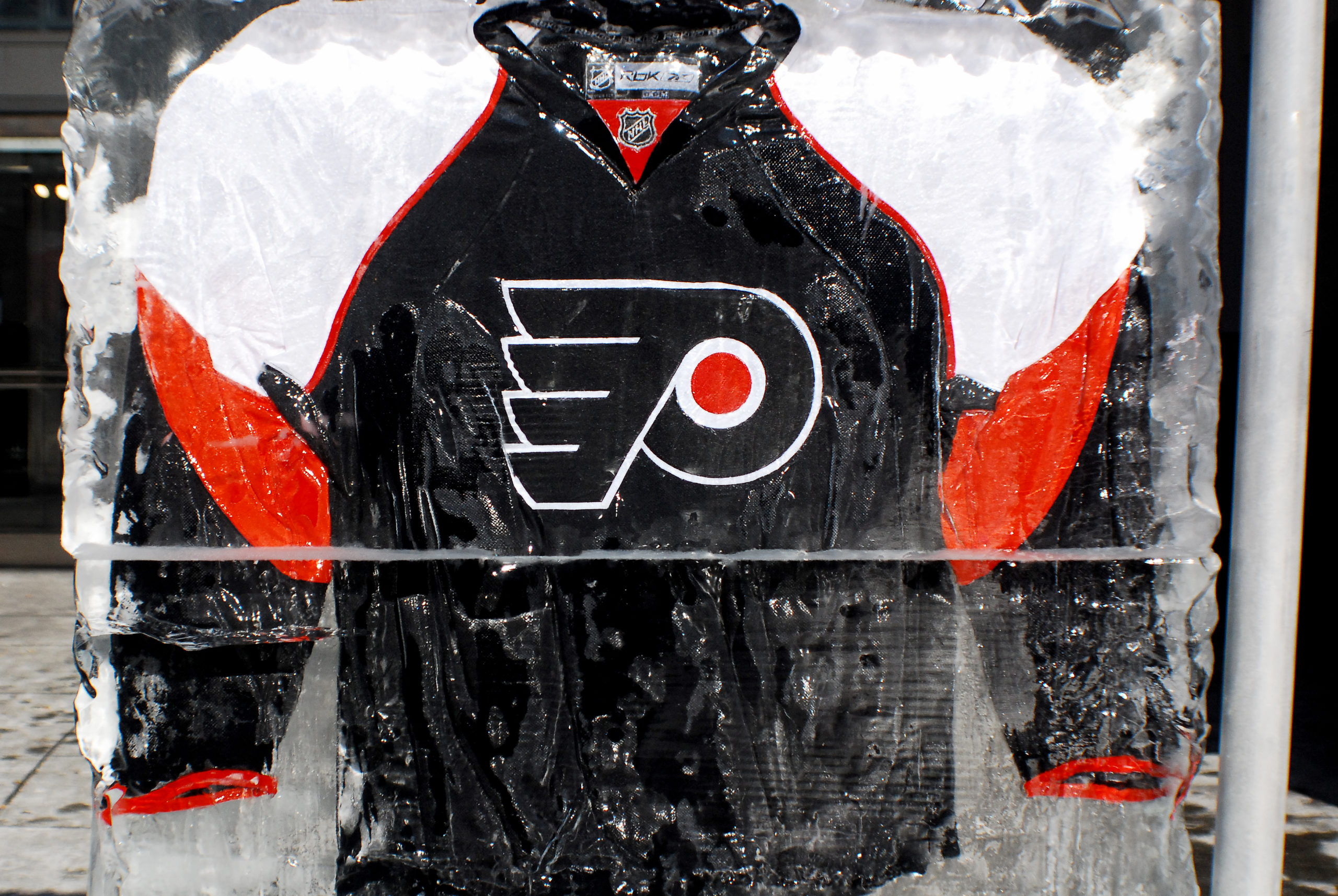Broad Street Insurance Bullies

Ellis & Winters
North Carolina’s insurance laws include an entire article on “Unfair Trade Practices.” One section in that article defines what conduct in the insurance world counts as unfair or deceptive. And—stay with me here—one subsection within that section is entitled, “Unfair Claim Settlement Practices.” That subsection is N.C. Gen. Stat. § 58-63-15(11).
What’s the relationship between that subsection and North Carolina’s general statutory prohibition on unfair trade practices, found in N.C. Gen. Stat. § 75-1.1? A recent case from the U.S. District Court for the Middle District of North Carolina provides a good overview. The case is DENC, LLC v. Philadelphia Indemnity Insurance Company.
Mixed messages can yield treble damages
The case involves the collapse of a breezeway at an apartment complex. The complex owner sought declaratory relief against its insurer (Philadelphia) as to coverage and asserted other state-law claims for damages, including claims for violations of section 75-1.1. The 75-1.1 violations were premised on conduct that constitutes unfair claim settlement practices as defined in section 58-63-15(11).
In one claim, the owner said that Philadelphia did not, in the words of section 58-63-15(11), “promptly provide a reasonable explanation of the basis in the insurance policy in relation to the facts or appliable law for denial of a claim or for the offer of a compromise settlement.”
In a second claim, the owner said that Philadelphia “misrepresent[ed] pertinent facts or insurance policy provisions relating to coverages at issue” (again, quoting the statute).
On the first issue, Philadelphia sent letters to the owner with conflicting coverage messages. Philadelphia first advised the owner that it was conducting an investigation under a reservation of rights. Two days later, it sent the owner a letter saying that it had issued a payment for damages. But a few weeks later, Philadelphia denied the claim. And the denial letter didn’t mention the prior letter saying that payment had been issued.
The letter had another problem: it didn’t relate its findings to the policy language. Instead, the letter repeated what purported to be excerpts of the relevant policy, but some of those “excerpts” weren’t part of the policy at all.
There’s more. The letter said that Philadelphia would deny coverage because the damage was caused by long-term water intrusion and deteriorated wood framing. The policy, however, doesn’t include the words “water intrusion.” Nor did the letter point to anything in the policy that concerned deteriorated wood framing.
Based on these facts, Judge Catherine C. Eagles granted offensive summary judgment to the owner.
Distinguishing between conduct standards and proximate causation
Then came an interesting question: Does that conclusion alone constitute a violation of section 75-1.1? Or does that conclusion satisfy only the first of the three elements of a 75-1.1 claim—the commission of an unfair or deceptive practice? A claim for violation of section 75.1-1 requires two more elements. The conduct must have (1) affected commerce and (2) caused injury.
Judge Eagles noted at the outset that the answer to this question isn’t fully settled. She cited a recent Fourth Circuit decision called Elliott v. American States Insurance Company that shared this observation. But she assumed for purposes of the owner’s summary judgment motion that the owner had to prove all three elements.
On that analysis, the insurance business is undoubtedly “in commerce.” As to injury, the owner pointed to the fact that Philadelphia never paid on the claim. But Philadelphia responded that the non-payment wasn’t “separate from” the owner’s contract damages.
Judge Eagles ruled for the owner, noting that the law doesn’t require separate damages. Her decision cited a 2003 decision of the North Carolina Court of Appeals called Cullen v. Valley Forge Life Insurance Company. In Cullen, the Court of Appeals held that a plaintiff can elect to proceed with damages from a section 75-1.1 violation even if the plaintiff also prevails on a separate breach of contract claim.
Applying Cullen, Judge Eagles concluded that the fact that Philadelphia breached the insurance contract didn’t prevent the owner from electing to pursue its damages through a 75-1.1 violation.
What about the second issue—that Philadelphia misrepresented facts and policy provisions?
On that claim, the owner had a problem: a section 75-1.1 violation based on a misrepresentation requires a plaintiff to show reliance on the misrepresentation. Thus, even though the letter was “a convoluted mess,” the owner didn’t show any reliance on the letter that caused the owner damages.
This reasoning is a good reminder that the reliance requirement concerns proximate causation. The issue wasn’t whether Philadelphia’s representation was correct; the issue was whether the owner read it and took actions that caused him damages. Philadelphia’s denial of the claim wasn’t a product of any reliance.
The DENC decision is good example of how the different levers of 75-1.1 litigation can operate.
It shows that statutes outside of section 75-1.1 can provide a basis for a violation of 75-1.1’s conduct standard. (This article contains a thorough discussion.)
It shows that the existence of a contract claim, and the fact that the contract claim might overlap with a 75-1.1 claim, does not automatically foreclose the prosecution of the 75-1.1 claim.
And it shows that the violation of a conduct standard alone does not make a 75-1.1 violation.
Whether prosecuting or defending a 75-1.1 claim, identifying these levers at the outset enhances the soundness of one’s litigation strategy.
Author: Stephen Feldman

